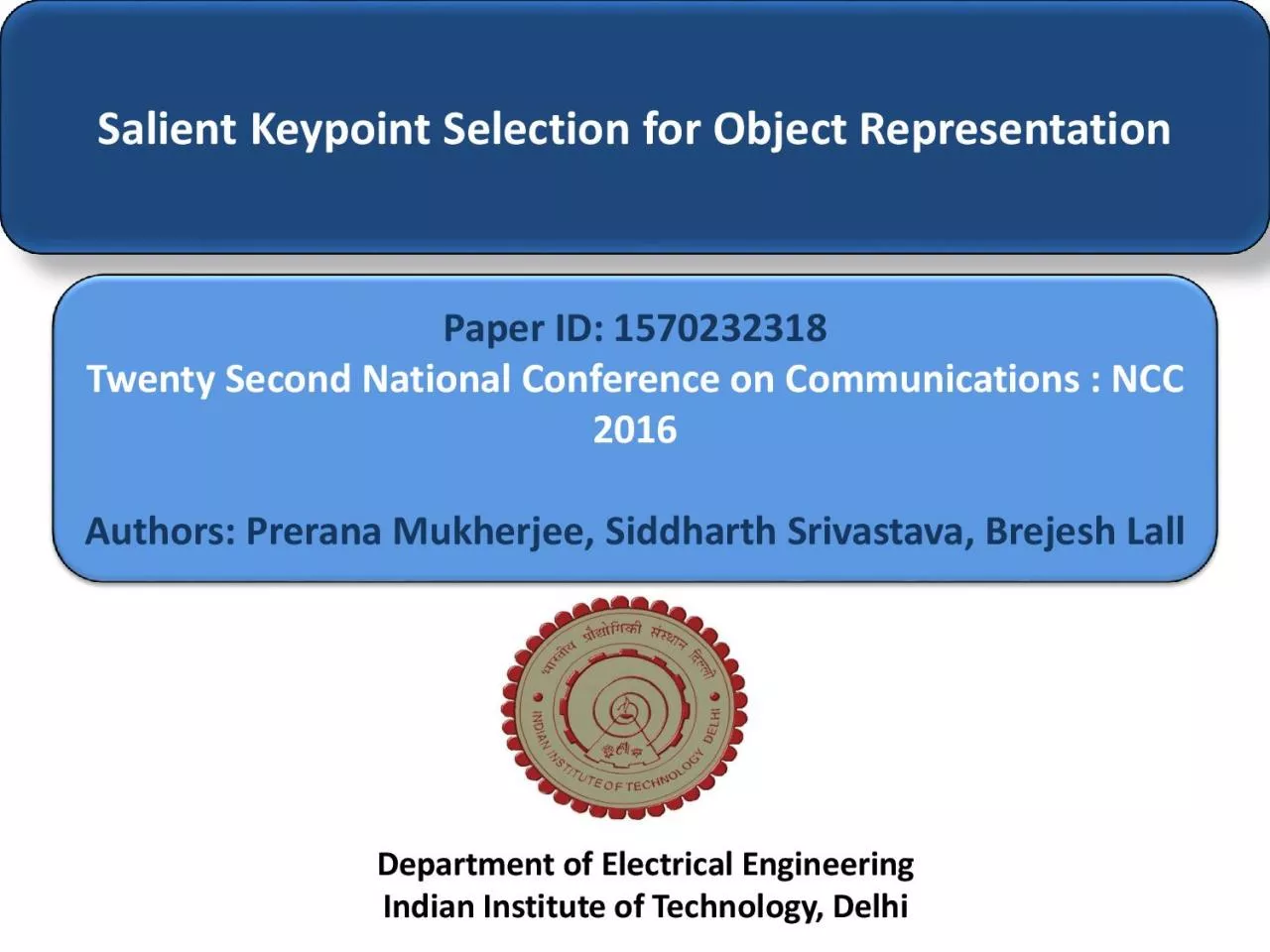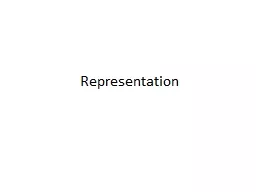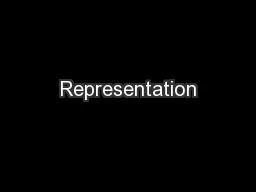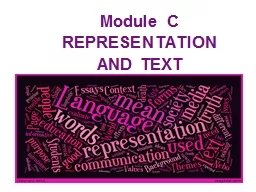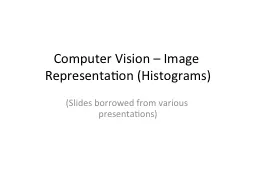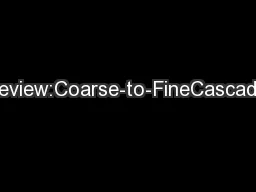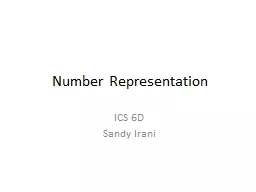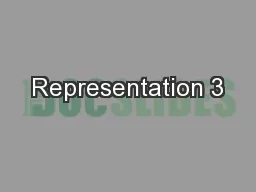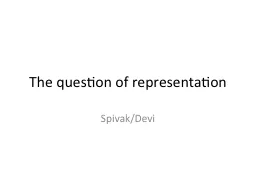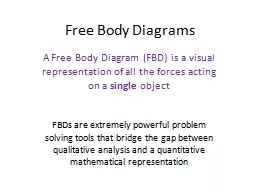PDF-Selection for Object Representation
Author : phoebe | Published Date : 2021-09-14
Salient KeypointPaper ID 1570232318Twenty Second National Conference on Communications NCC 2016Authors Prerana Mukherjee SiddharthSrivastava Brejesh LallDepartment
Presentation Embed Code
Download Presentation
Download Presentation The PPT/PDF document "Selection for Object Representation" is the property of its rightful owner. Permission is granted to download and print the materials on this website for personal, non-commercial use only, and to display it on your personal computer provided you do not modify the materials and that you retain all copyright notices contained in the materials. By downloading content from our website, you accept the terms of this agreement.
Selection for Object Representation: Transcript
Download Rules Of Document
"Selection for Object Representation"The content belongs to its owner. You may download and print it for personal use, without modification, and keep all copyright notices. By downloading, you agree to these terms.
Related Documents

